The BD Nexiva™ Diffusics™ Closed IV Catheter System is built upon the BD Nexiva™ Closed IV Catheter System with the added benefit of a diffusion catheter tip to address common IV challenges in CT, such as sufficient gauge size and catheter stability in the vein, during power injection procedures.


- Overview
- Products & Accessories
- EIFU & Resources

Diffusion catheter tip
- Features multiple teardrop-shaped holes that diffuse flow and reduce forces that can cause catheter motion in the vein by up to 67% during contrast enhanced CT procedure.
- Enables higher flow rates on smaller gauge catheters (22 to 24 G) for power injection.*
- The IV catheter reduces the destabilizing effects that can lead to extravasation.
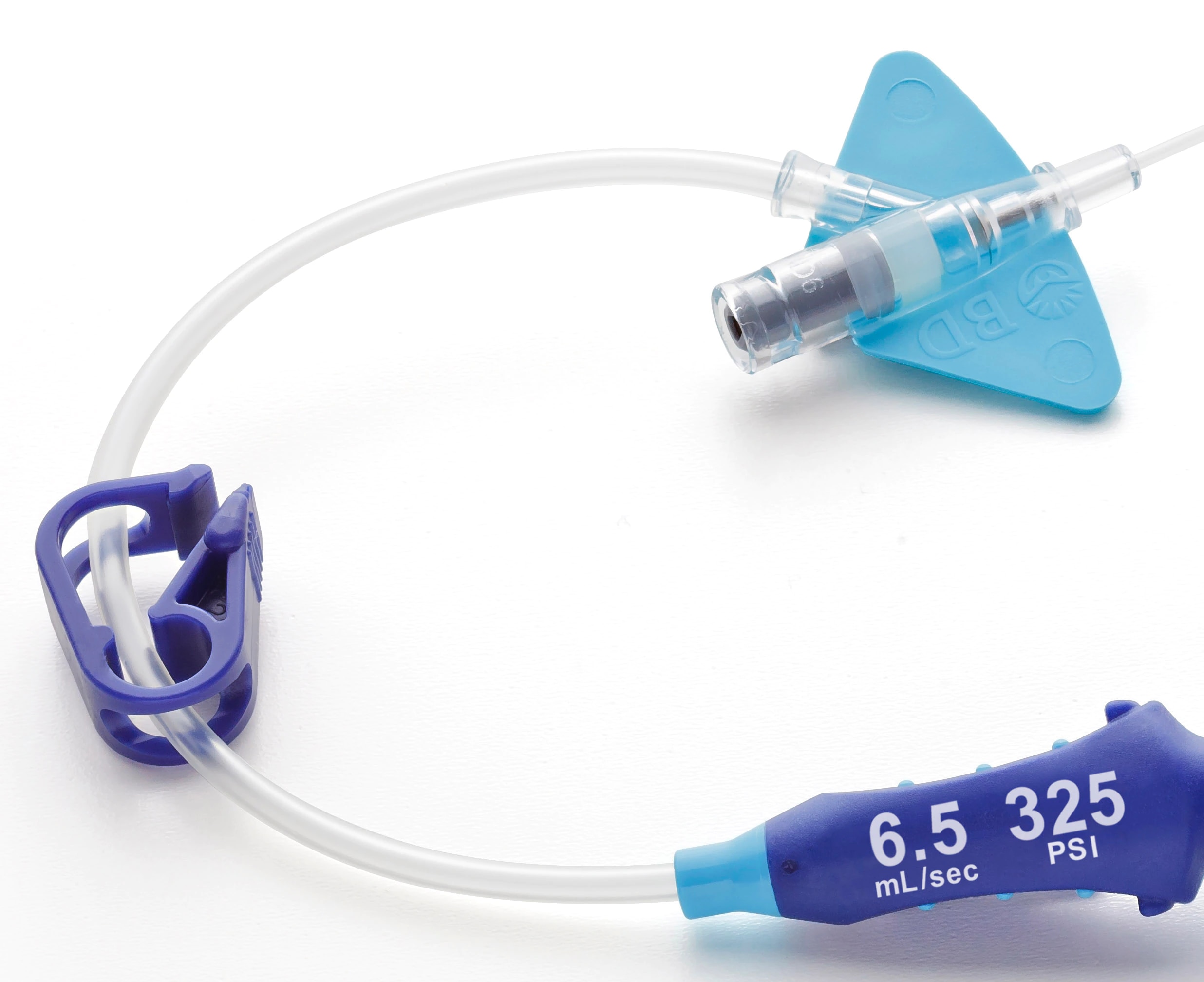
Integrated system
- The system features an all-in-one catheter and extension set built for your power injector's 325 psi setting.
- A unique all-in-one closed system designed to address common CT IV challenges during power injection procedures.*
- Needs fewer add-on devices, minimizing the number of manipulations (which can lead to touch contamination and accidental disconnections.)3,4 *
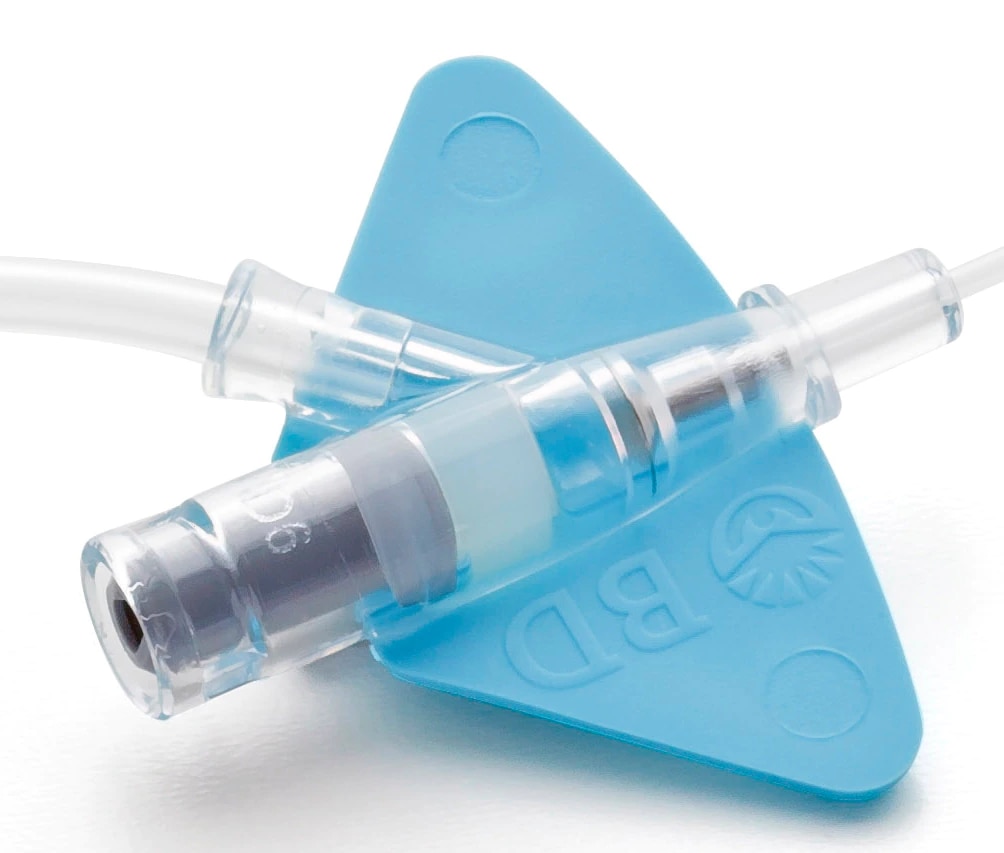
Stabilization platform
- The BD Nexiva™ Diffusics™ system incorporates a built-in stabilization platform.
- Minimizes movement and manipulation at the insertion site reducing accidental dislodgement.2**
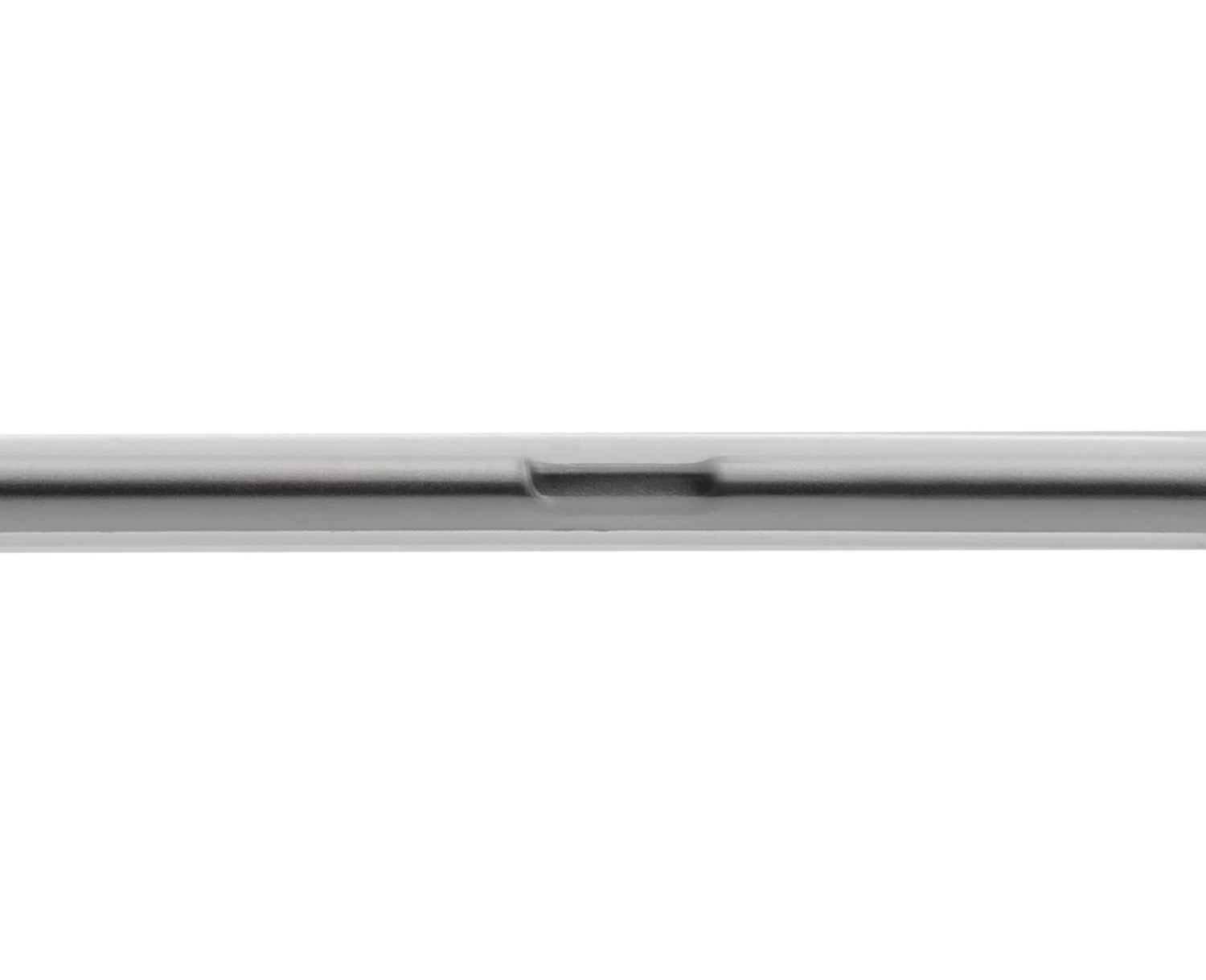
BD Instaflash™ needle technology
- Designed to confirm immediate vessel entry.
- Quick blood visualization may help improve insertion success and therefore reduce insertion attempts.
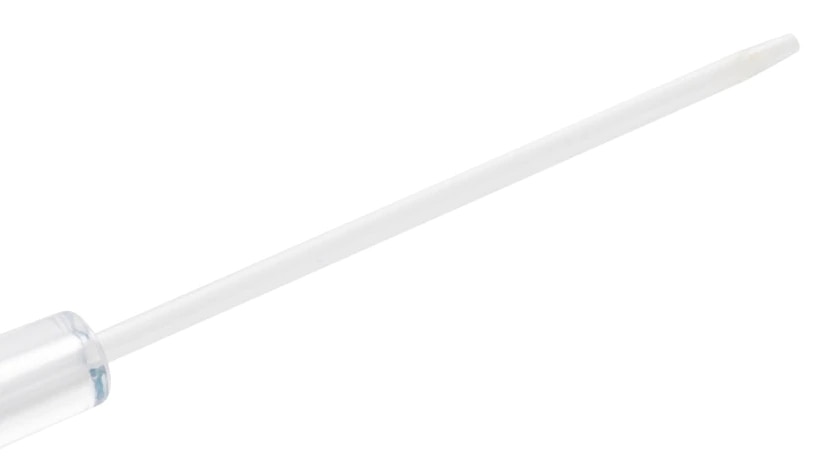
BD Vialon™ catheter material
- Clinically demonstrated to dwell up to 144 hours.
- Reduces the chance of mechanical phlebitis by up to 50%.5†
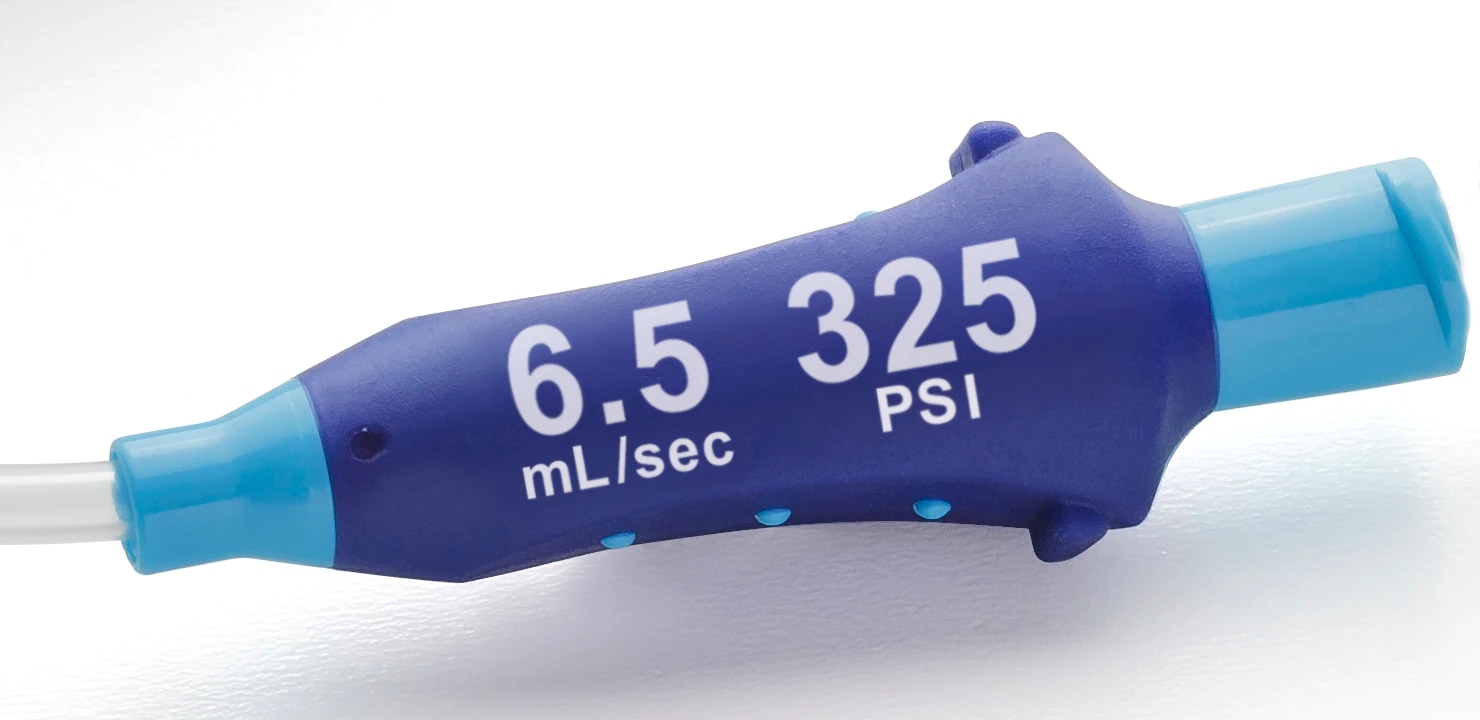
Luer adapter
- The system features a luer adapter with indication of maximum power injection flow rates and pressure setting.
Infusion Therapy Standards of Practice
Consider a fenestrated catheter for a contrast-based radiographic study.” Reference: Gorski LA, Hadaway L, Hagle ME, et al. Infusion therapy standards of practice.
J Infus Nurs. 2021;44(suppl 1) :S1-S224.
Recommend limiting the use of add-on devices to reduce the potential for contamination, additional manipulation, and disconnection.3
Canadian Vascular Access and Infusion Therapy Guidelines
Consider fenestrated catheter for contrast-based radiographic studies.
BD Nexiva™ Diffusics™ Closed IV Catheter 3D animation
BD Nexiva™ Diffusics™ Closed IV Catheter System -Techniques for Use Video
BD Nexiva™ Diffusics™ Closed IV Catheter System 20 second flow video
BD offers training resources to help improve your clinical practices as part of our goal of advancing the world of health.
BD supports the healthcare industry with market-leading products and services that aim to improve care while lowering costs. We host and take part in events that excel in advancing the world of health™.
Notes
* Compared to a nondiffusion tip IV catheter
† Compared to a fluorinated ethylene propylene (FEP) catheter
**Compared to B. Braun Introcan Safety® catheter with Bard Statlock® IV Ultra stabilization device.
References
- Canadian Vascular Access Association. (2019). Canadian Vascular Access and Infusion Therapy Guidelines. Pembroke, ON: Pappin Communications
- Tamura N, Ave S, Hagimoto K, et al. Unfavorable peripheral intravenous catheter replacements an be reduced using an integrated closed intravenous catheter system. J Vasc Access. 2014;15(4):257-263.)
- Infusion Nurses Society;. Infusion therapy standards of practice. J Infus Nurs. 2016:39(1S)S72. Alexander M, Corrigan A. Gorski L, et al. Infusion nursing: an evidence based approach. 3rd ed. St. Louis, MO: Saunders Elsevier; 2010:410.
- Alexander M, Corrigan A. Gorski L, et al. Infusion nursing: an evidence based approach. 3rd ed. St. Louis, MO: Saunders Elsevier; 2010:410.
- Maki DG, Ringer M. Risk factors for infusion-related phlebitis with small peripheral venous catheter. Annals of Internal Medicine. 1991;114:845-854.
- Canadian Vascular Access Association. (2019). Canadian Vascular Access and Infusion Therapy Guidelines. Pembroke, ON: Pappin Communications.